Evaporative Cooling
Some HVAC systems use water sprays to satisfy the humidity demands of the building on the return air relative humidity level. Improper control reference points can result in large losses in energy to achieve the desired humidity levels. This report graphically illustrates how these losses occur, the magnitude of the losses and a control solution to the problem.
Key Benefits
Significant money savings
Significant reduction in pollution
Health and environmental benefits for us and our children
Many systems control the mixed air to 58ºF via averaging sensors in the mixed air plenum. The mixed air is drawn through the fan and forced to the occupied space.If the humidity water sprays are not active, the normal discharge air temperature from the fan will be in the range of 60ºF allowing for some heat gain from the fan.If the humidity sprays are active, the supply air will drop to near dew point. This will cause the heating equipment to use more heat than while the sprays are not active. The heat, which has already been paid for, is being forced out the exhaust dampers via the mixed air control loop.
This report demonstrates the loss in one such system and clearly illustrates the savings created by causing the control logic to use heat contained in the return air for purposes of evaporating the moisture required for humidification. The system automatically raises the mixed air temperature to compensate for the cooling effect of the humidity sprays. This maintains a relatively constant supply air temperature while maximizing the use of energy already paid for in the building.
